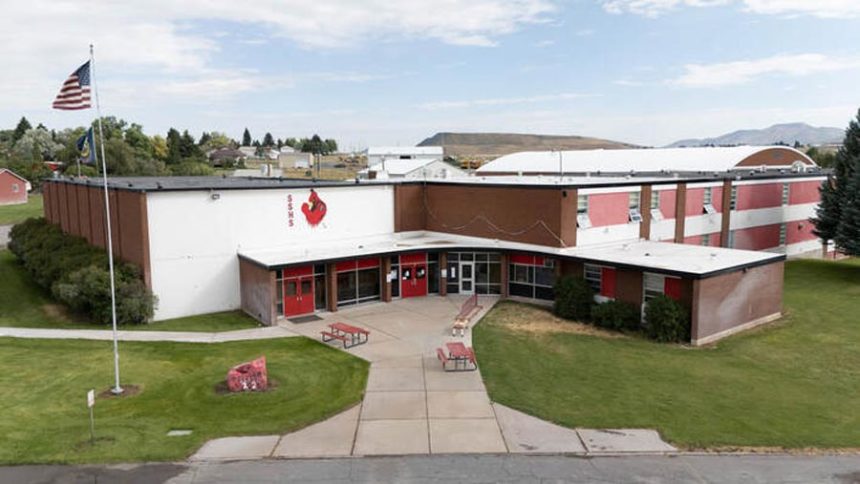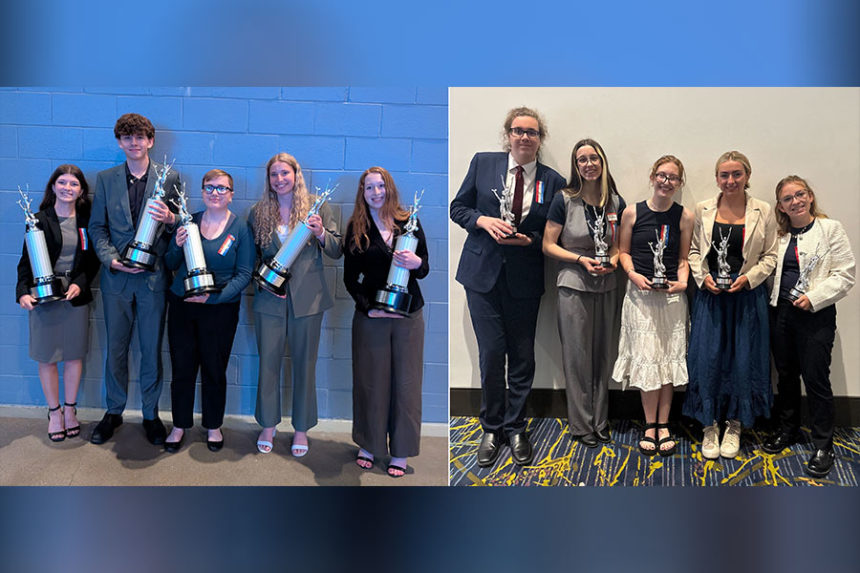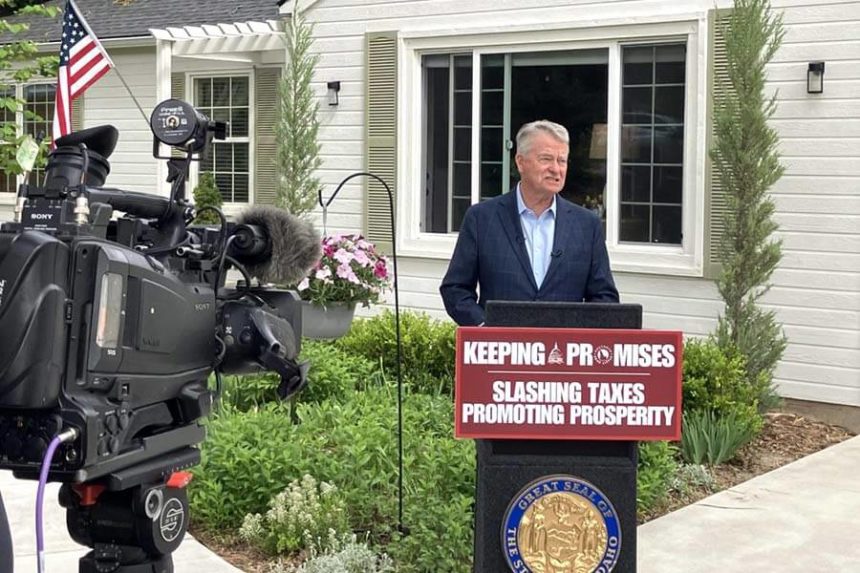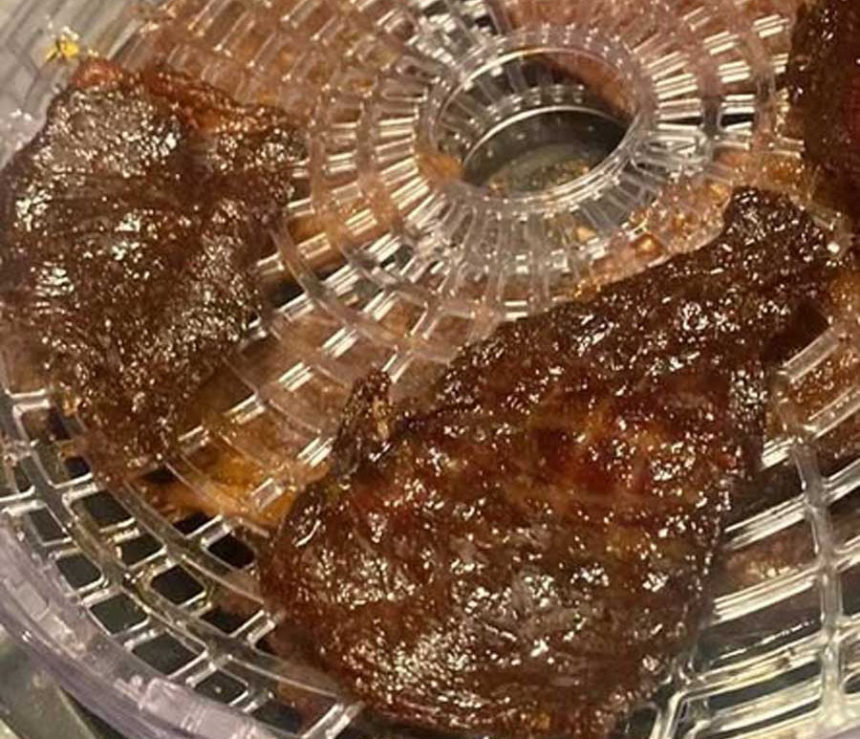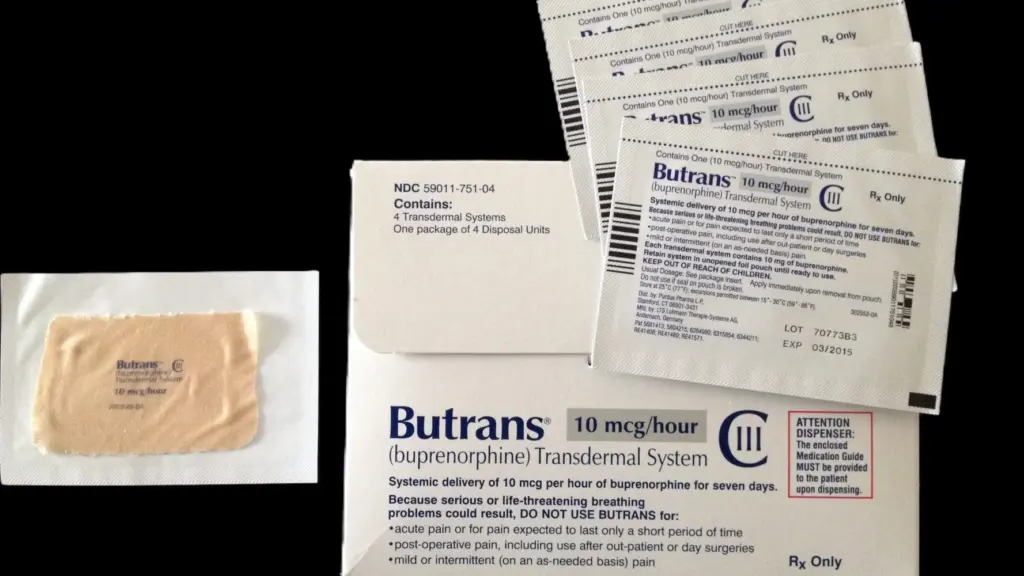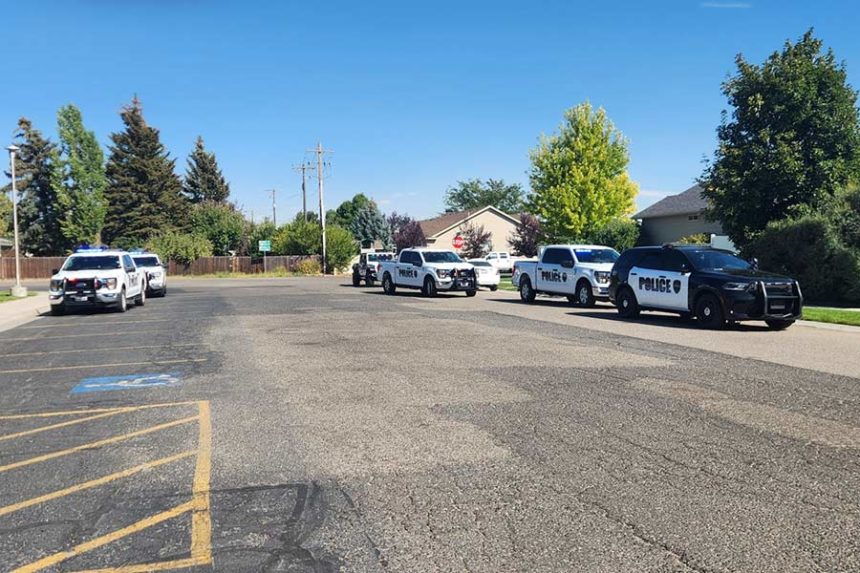SODA SPRINGS (Idaho EdNews) The Idaho Department of Education’s review revealed that the Soda Springs Joint School District’s special education programs have structural issues.
Following four distinct allegations against specific pupils, the department launched the investigation in April.
Three accusations in the report, which was made public last month, were all true.
The study discovered:
- The district s classroom personnel, related service providers and paraprofessionals did not have necessary qualifications before providing services to students.
- Special education and related services were not made available to students in accordance with students individualized education programs (IEPs).
- Students IEPs were not in effect as required and each service provider was not informed of their specific responsibilities related to implementing IEPs and specific accommodations, modifications and supports.
The district is now required to adhere to a corrective action plan that includes employing more staff, offering training, developing new staffing plans and procedures, and following documentation and reporting requirements.
EdNews sent a list of questions and repeated requests for comment to Soda Spring Superintendent Scott Muir, who did not reply.
The report is released as the upcoming legislative session is expected to focus heavily on special education. Debbie Critchfield, the superintendent of public instruction, stated that she wants to close the $80 million discrepancy between the amount of money districts now spend on special education and the state and federal funds that schools receive.
Earlier this year, lawmakers thwarted Critchfield’s plans to close the funding deficit.
IDE leaders were questioned by Muir at a post-legislative session visit of Critchfield this spring about why lawmakers are against more spending for special education.
He remarked that since special education is growing and we are unable to satisfy the demands, advocates and attorneys will now enter the process, which will hurt school districts.
The investigation
The Department of Education examined the following to finish their investigation:
- The four student complaints and supporting documentation.
- The district s documents and responses to those allegations.
- 30 SPED files selected and provided by Soda Springs.
- In person and video interviews with the complainants and parents, along with, elementary, middle and high school special education, general education, and administrative staff.
- Telephone conversations and emails with the district s special education director.
- A review of the district s compliance with the Individuals with Disabilities Education Act (IDEA), federal regulations and case law and the Idaho Special Education Manual.
The findings
Researchers broke down their overall findings by school. The district’s three schools are all full.
The department discovered that certain pupils’ special education programs at the K–4 primary school either didn’t match their eligibility reports or weren’t in their file. The necessary progress reports for past or present IEPs were missing from some student files.
Some student files were mostly devoid of documentation. According to the report, a shortage of personnel, insufficient time for paraprofessional training, and the quantity of students serviced without proper assistance were the main causes of the failure to preserve IEP documentation.
There weren’t enough paraprofessionals in the learning lab, which catered to pupils with IEPs. Lesson plans were prepared, but pupils rarely received them. Over the course of the 2024–25 academic year, the paraprofessionals who worked in the lab changed positions more than twice.
Similar problems with student files lacking eligibility and progress reports were discovered at the middle school, which educated students in grades 5-8.
In her first year of teaching, an interim certified special education teacher manned the resource room. Instead of receiving district-specific training, the paraprofessionals in her room were left to rely on the first-year teacher to oversee instruction, administer the resource room without supervision, and provide paraprofessional training.
Her class occasionally had as many as sixteen pupils. There was not enough room in the classroom for the necessary individual and small group instruction.
Uncertified paraprofessionals were substituted for the teacher when she was not available.
Documentation problems at the high school were comparable to those at the elementary and middle schools.
The report discovered that the high school resource room was understaffed. The SPED teacher had to locate curricular resources and create lesson plans from scratch for every class time because the district did not have content for daily lesson plans.
As a result, paraprofessionals and substitute teachers did not receive lesson plans that were consistently created. Other children who qualified for special education assistance would unexpectedly drop in to complete general education tests and have them read aloud, in addition to the regular students in the resource room.
The district did not employ enough paraprofessionals overall. According to the research, the paraprofessionals and instructors they did hire lacked the necessary training, mentorship, and support to be successful.
Employees made the most of what they had, according to the report, but many departed the district following the 2024–2025 academic year. At the end of the year, the district had openings for the district special education director, two elementary SPED positions, and the high school special education position.
There wasn’t enough physical room for all the students who needed specialized education. Additionally, the district lacked a framework to guarantee the implementation of IEPs.
According to the study, the District did not have policies, processes, or practices in place to guarantee that students’ IEPs were implemented as needed and that the particular accommodations, modifications, paperwork, data, and supports for each student were given in line with their IEP.
Corrective action plan
A plan must be followed by Soda Springs in order to go back into compliance with IDEA.
The district is required to meet with an Idaho Special Education Support and Technical Assistance coordinator to review and finish training. The team must include the superintendent, school principals, SPED director, a special education case manager, and a related services provider.
By August 22, the district team must upload an action plan. Throughout the 2025–2026 academic year, the team will meet monthly with their designated coordinator to discuss the plan’s progress and implementation procedures.
To guarantee the hiring and retention of competent SPED professionals, the district was required to submit a completed staffing plan by August 1. By September 1st, the district needs to submit training outlines and protocols and have a letter of assurance from the chair of the school board stating that they understand and approve of the plan.
Monthly hiring efforts must then be documented by the district.
The complaint will be officially closed if the district completes the remedial action plan and the IDE receives the necessary paperwork.
On August 21, 2025, this article was first published on IdahoEdNews.org.
